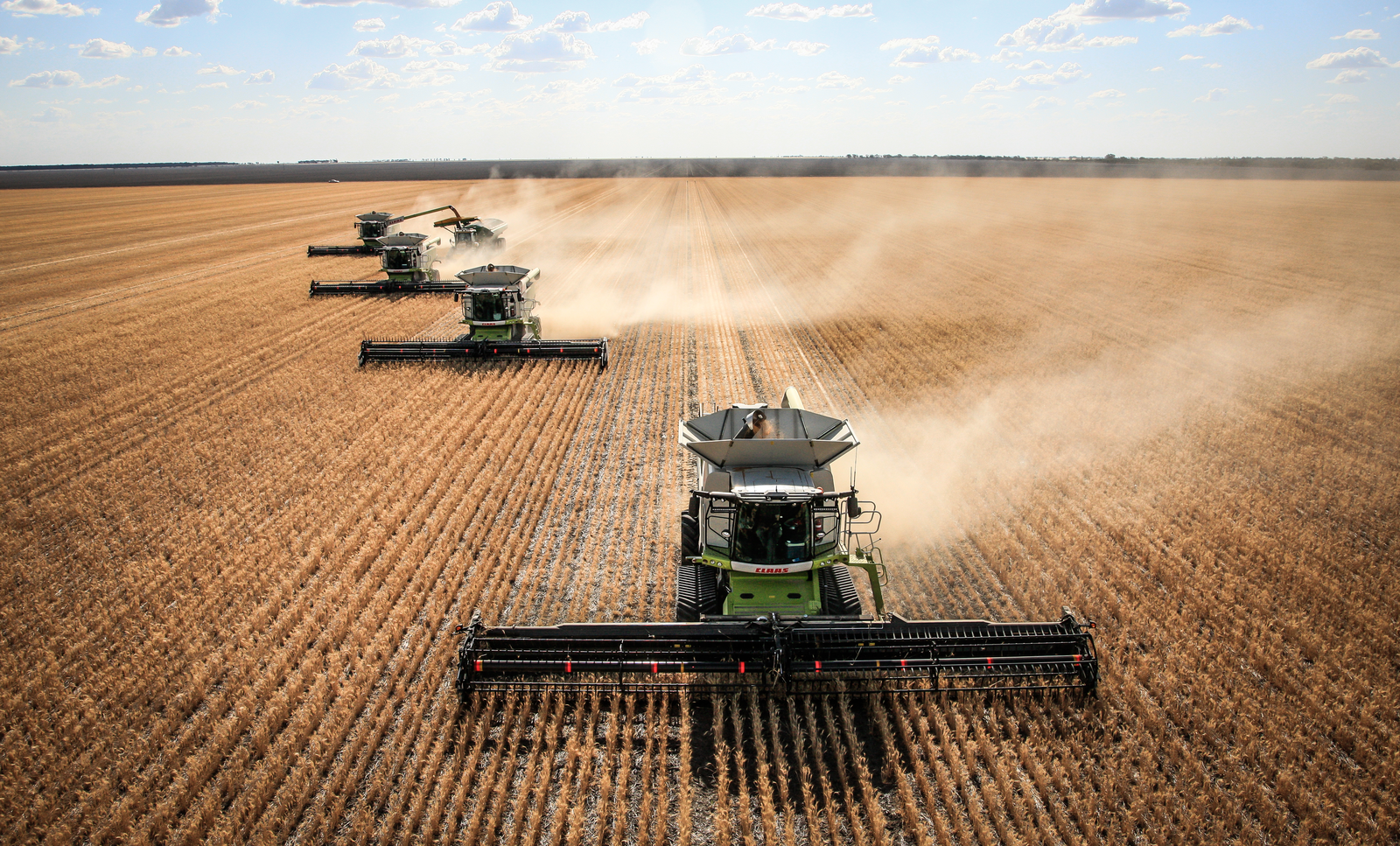World grain output fuelled by feed demand

World wheat, maize and soy bean output is expected to resume growth. This is mainly fuelled by the increasing demand for use in animal feed. In particular for maize and soy beans.
Despite strong demand, record consecutive world harvests kept the global wheat market well supplied in the past two years, allowing stocks to be rebuilt from the five-year low at the end of 2012/13. The International Grains Council (IGC) predicts that the world wheat production is expected to increase over the five years to 2019/20, although annual gains are seen lagging those of recently.
Most wheat in human food
Regarding consumption, IGC forecasts that growth is also expected to be somewhat slower than recently. Projected increases in demand almost entirely come from higher use for human food, expected, mainly due to rising demand in Asia and Africa. India is assumed to be a net importer by the end of the period, albeit only small volumes. Although some increase in harvested areas is projected, particularly in the CIS and South America, most of the gain in output is expected to come from better average yields.
Maize output fuelled by feed demand
After some earlier tightening, world maize supplies have recently become much more comfortable, with global harvests at, or very close to record highs in the past two years. Owing to high plantings and excellent yields, crops in the US, China, the EU and Ukraine have been particularly large. Gains in world consumption have mainly stemmed from rising demand from the livestock sector, with growth in industrial processing gradually slowing from the 2007/08 peak. Consumption is expected to trend higher, buoyed mainly by demand for animal feed, with use for fuel ethanol projected to rise quite slowly. Owing to an unexpectedly sharp build-up in 2014/15 inventories, the medium term forecasts include some key differences compared to last November’s report, including larger stocks and smaller imports by China.
Bumper harvests for soy beans
After falling heavily in 2011/12, a series of bumper soy bean harvests in the world’s major producers has enabled significant inventory accumulation, despite strengthening demand. In the current season, global carryovers are seen rising by around 40% y/y, with much of the increase in the major exporters, led by the US. World production is projected to increase steadily during the medium term, although growth is unlikely to match the prior five years owing to more modest area increases and limited yield gains. Among the major exporters, Brazil appears to hold the greatest potential to boost plantings owing to its vast land resources. Global consumption is expected to rise throughout the next five years, underpinned by stronger demand for soy meal from feed sectors, as uptake in livestock, poultry and aquaculture sectors expands, especially in Asia. After recent increases, world ending stocks are anticipated to decline, driven by reductions in key exporters. Shipments to China have almost entirely shaped the pattern of world trade over the past decade. While that country’s requirements are expected to remain central to the projected rise in volumes during the next five years, growth is likely to be somewhat slower.
Source: International Grains Council











